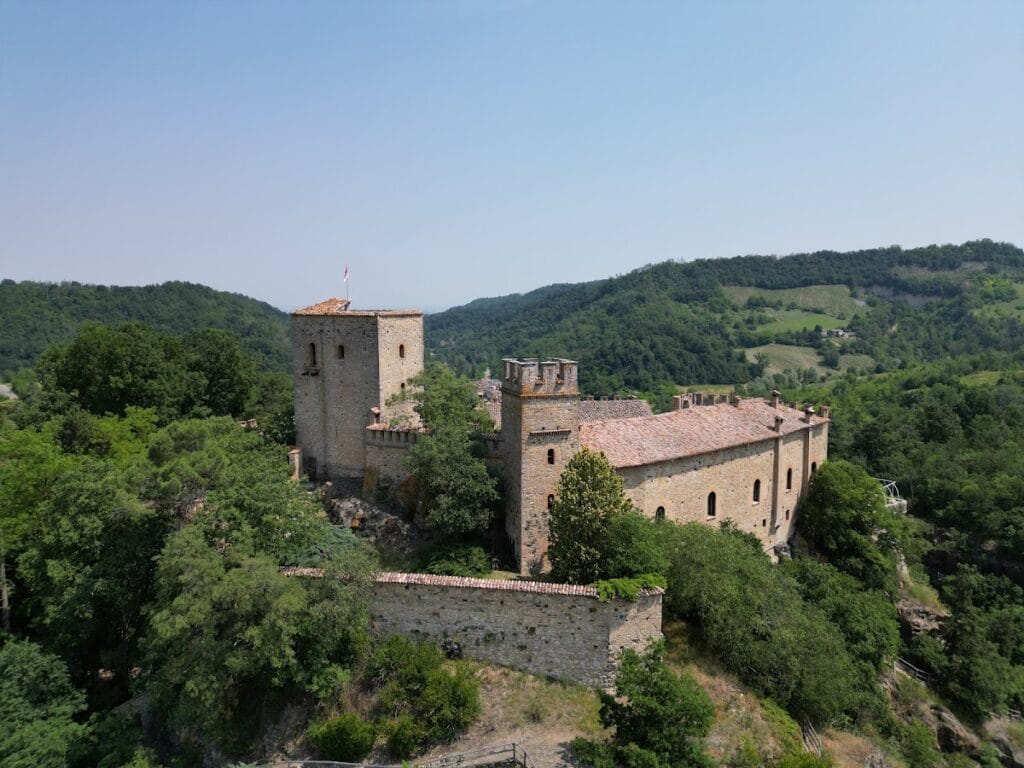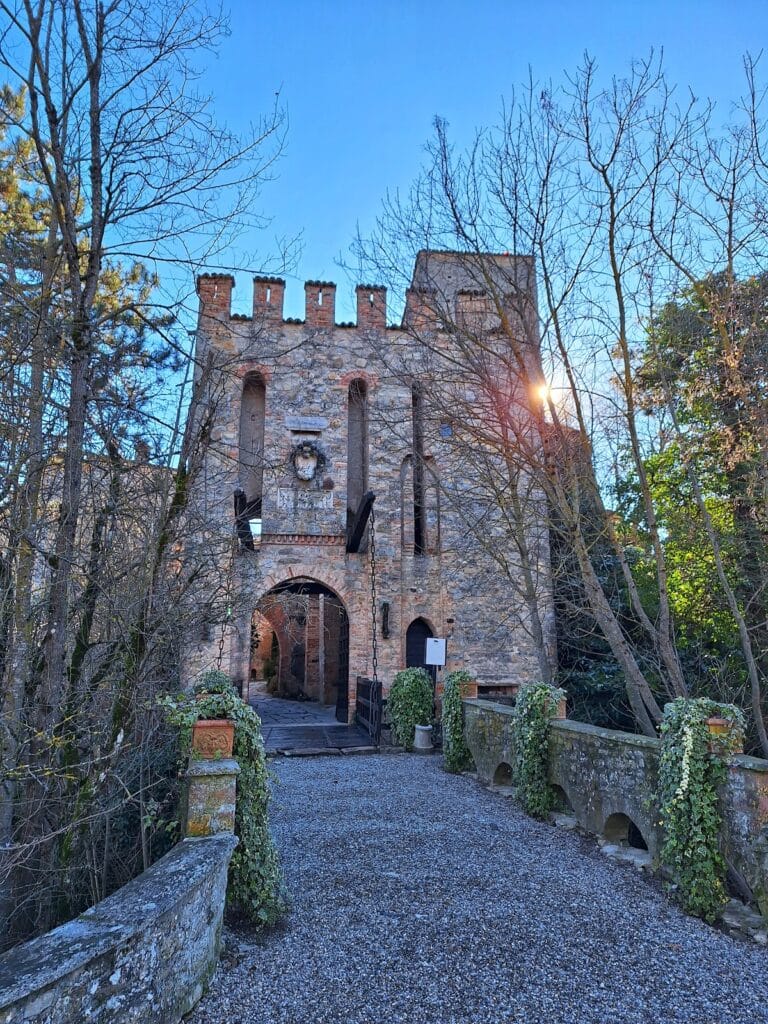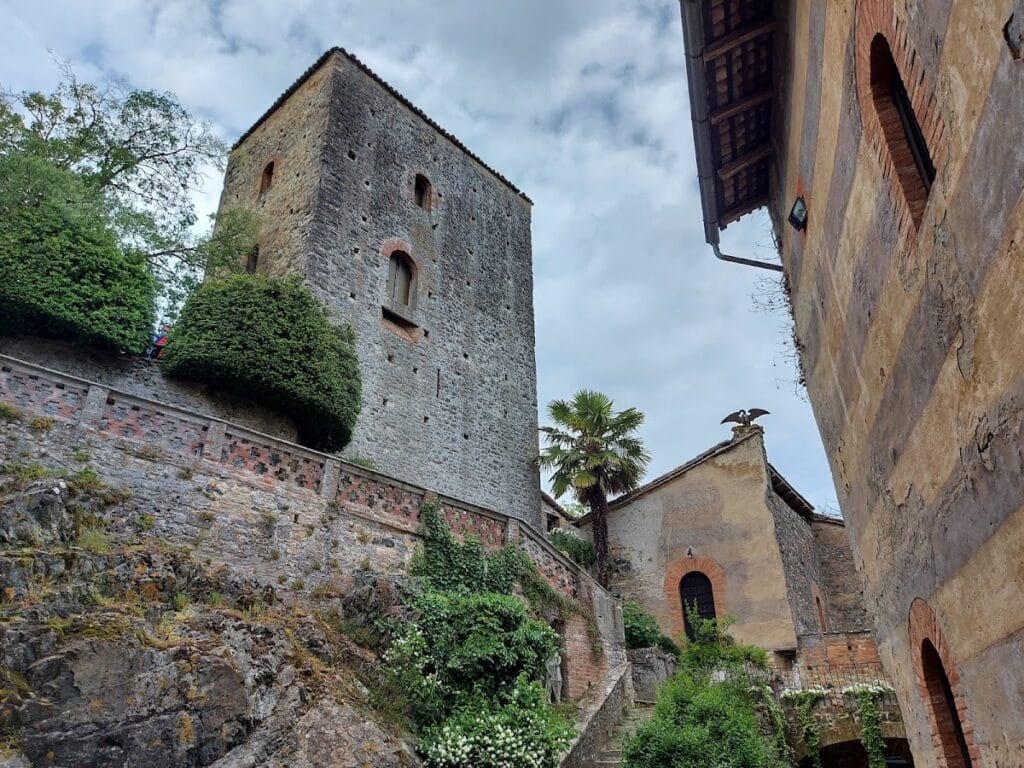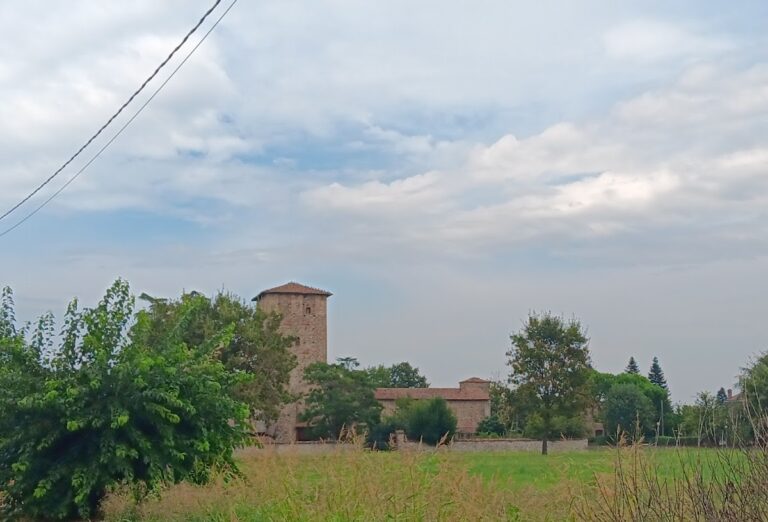Gropparello Castle: A Historic Fortress in Italy
Visitor Information
Google Rating: 4.6
Popularity: Medium
Google Maps: View on Google Maps
Official Website: www.castellodigropparello.net
Country: Italy
Civilization: Medieval European
Remains: Military
History
Gropparello Castle is situated in the municipality of Gropparello, Italy. Its origins trace back to a Roman military camp constructed in the 2nd or 3rd century BCE, established to protect the road leading to the ancient settlement of Veleia.
Around 789 AD, a fortress was erected atop the Roman foundations, creating the medieval castle that would serve strategic and administrative purposes through the centuries. In the early 9th century, Charlemagne granted judicial authority over the area, including the castle, to the Bishop of Piacenza, Giuliano II. A later jurisdictional clarification in 840 assigned the fortress definitively to the bishopric following a dispute between the ecclesiastical bodies.
During the 13th century, the castle became a focal point in the conflicts between the Guelphs and Ghibellines, two factions vying for power in northern Italy. Originally held by the Guelph party, the castle was overtaken in 1255 by Ghibelline troops led by Oberto II Pallavicino, who ordered the destruction of its defensive walls. However, internal conflicts among the Ghibellines forced Pallavicino to abandon the castle with little defense, allowing Guelph forces to reclaim and strengthen the fortress. In 1260, Oberto Pallavicino attempted a second siege with 400 infantry soldiers but suffered a decisive defeat, after which surviving attackers faced execution in Piacenza.
A tale from the late 13th century recounts the tragic fate of Rosania Fulgosio, wife of the castle’s feudal lord, Pietrone da Cagnano. Allegedly, after an affair with Lancillotto Anguissola, she was entombed alive within the castle walls. Her spirit is said to haunt the fortress, adding a layer of legend to its history.
In the early 14th century, the castle came under the control of Bishop Filippo Fulgosio and was passed to his heirs. Following the decline of Guelph dominance in Piacenza around 1335, the Fulgosio family retreated to maintain their hold within the stronghold.
The mid-15th century saw a significant change when Duke Francesco I Sforza of Milan ended Fulgosio tenure and bestowed the castle on Galeazzo Campofregoso. Shortly thereafter, through marriage alliances involving Lucretia Campofregoso, the fortress passed to Pier Antonio Attendolo da Cotignola. Between 1503 and 1508, inheritance transferred the property to Carlo Borri of Milan, brother-in-law of Attendolo, who retained usufruct rights until his death. Subsequently, ownership passed to Giovanni da Montechino but was confiscated by the state in 1518 due to unpaid dues. In 1531, after legal challenges, Carlo Borri recovered possession, and the Borri family maintained control until 1599.
Ownership then shifted to the Farnese family when Camillo Borri ceded the castle to their ducal administration under Duke Ranuccio I Farnese. The duke granted it to Marcantonio Anguissola, who became Count of Gropparello and established the Gropparello lineage of the Anguissola family. They held the castle until the 19th century, ending with Gaetano Anguissola.
Following the Anguissola line, the castle went through various hands, including the Balduzzi family, Francesco Segadelli in 1830, and the Vallavanti family in 1845. In 1869, Count Ludovico Marazzani Visconti acquired the castle and commissioned architect Camillo Guidotti, renowned for previous restoration projects, to renovate it in the Neo-Gothic style, popular at that time.
During World War II, German SS troops occupied the castle, leveraging its strategic position on the route between the Po Valley and the oil fields at Montechino. After the war, the fortress was abandoned and gradually fell into disrepair until the late 20th century.
Remains
Gropparello Castle’s layout reflects centuries of construction and modification, shaped both by the evolving needs of its occupants and the natural contours of the hill on which it stands. Its irregular plan contains features dating largely from medieval times, layered atop earlier foundations.
At the heart of the castle is a rectangular keep, or mastio, built between the 11th and 12th centuries. This three-story tower is capped with a terrace that historically served as a vantage point to observe approaching enemies, highlighting its military function. Opposite this keep rises a square tower characterized by Guelph-style battlements. These two main towers are linked by the central building of the fortress, which itself supports two additional towers: a prominent round tower that projects outward on corbels, and a main entrance tower that is slightly taller than the surrounding curtain walls, both adorned with crenellated parapets.
Surrounding these inner structures is the first defensive wall, which carries battlements matching those on the square tower, reinforcing the castle’s defensive capacity. The main building was renovated in the 15th century, acquiring new facades and accessed via a staircase with two symmetrical ramps. Inside, the first floor accommodates a former armory and a grand dining hall featuring a 16th-century Italian-style open fireplace. The fireplace’s architrave is decorated with scenes from classical mythology, including the story of the Rape of Europa. Adjacent rooms include a small salon for conversation, an alcove bedroom later converted into a music room, and a study.
The basement and upper levels housed various service and storage rooms. The upper floor included a granary for preserving food supplies, while the basement, carved directly from the bedrock beneath the castle, contained kitchens and an icehouse. This icehouse provided a means to store ice and preserve perishables before modern refrigeration.
Entry to the castle’s interior was secured by two arched gateways: one dedicated to pedestrians and another wide enough for carts. Both originally featured drawbridges spanning a dry moat that protected the complex on three sides. Encasing the entire fortress is a second, outer curtain wall that encloses a large, irregular courtyard. Along this outer wall runs a continuous walkway with battlements, enabling guards to patrol the perimeter.
Surrounding the castle grounds is a substantial park of approximately 20 hectares. Within this landscaped area, paths connect a series of gardens and clearings populated by centuries-old trees. Near the Vezzeno stream lie terraced rose gardens hosting the “Museum of the Rising Rose,” containing around 1,200 roses from 125 varieties, organized according to their botanical characteristics. The park also features Italy’s first “Fairy Tale Park,” an educational medieval-themed environment designed for children, where guides dressed in period costumes lead participants through imaginative adventures linked to the castle’s history.
An enduring local legend attaches the ghostly presence of Rosania Fulgosio to the castle’s fabric. According to tradition, after betraying her husband, she was entombed alive within its walls, a story that continues to lend an evocative dimension to the fortress’s history and architecture.










